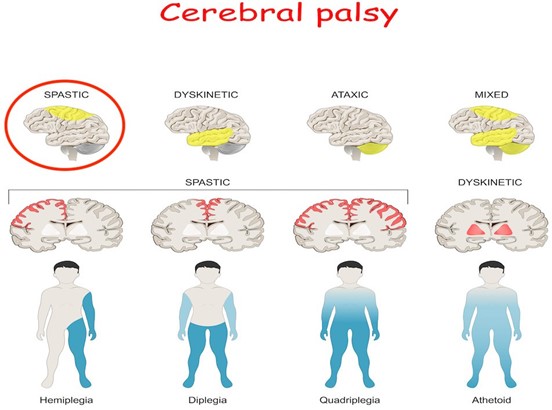When changing a diaper on a 2-day-old infant, the practical nurse (PN) observes that the baby's legs are flexed with limited abduction. Based on this finding, what action should the PN take next?
Perform range of motion to the joint.
Continue care since this is a normal finding.
Notify the healthcare provider.
Document the finding in the record.
The Correct Answer is C
Limited abduction of the legs in a newborn can be a sign of developmental dysplasia of the hip (DDH), a condition in which the hip joint is not properly formed. The practical nurse (PN) should notify the healthcare provider of this finding so that further assessment and appropriate intervention can be initiated.
Performing range of motion to the joint (A) is not appropriate without a healthcare provider's order. Continuing care as if this is a normal finding (B) is not appropriate because limited abduction of the legs in a newborn can be a sign of DDH. While documenting the finding in the record (D) is important, notifying the healthcare provider is the most important action for the PN to take next.
Nursing Test Bank
Naxlex Comprehensive Predictor Exams
Related Questions
Correct Answer is A
Explanation
The primary goal of treatment for a child with a developmental disability is to help the child reach their full potential, despite their disability. This involves identifying and addressing any barriers to the child's development and providing them with the necessary support and interventions to promote their growth and development. It is important to focus on the child's abilities and strengths rather than their limitations.
Option B is incorrect as it focuses on rehabilitation, which is not the primary goal of treatment for a child with a developmental disability.
Option C is incorrect as it refers to preventing further disability, which may not always be possible depending on the cause of the disability.
Option D is incorrect as it focuses on social acceptability, which is not the primary goal of treatment for a child with a developmental disability.

Correct Answer is A
Explanation
Baclofen is a muscle relaxant that can help relieve muscle spasms and manage conditions such as cerebral palsy¹. An assessment finding that indicates the drug is effective for a child with cerebral palsy would be decreased muscular spasticity. This means that the child's muscles are less stiff and rigid, which can improve their mobility and overall quality of life.
The other choices are incorrect because they are not directly related to the therapeutic effects of baclofen. Baclofen is a muscle relaxant that is used to relieve muscle spasms and stiffness. While it may have other effects on the body, its primary therapeutic effect is to decrease muscular spasticity.
- Increased appetite is not a known effect of baclofen.
- Sufficient urinary output is important for overall health, but it is not directly related to the effectiveness of baclofen.
- Fewer temper outbursts may be an indirect result of decreased muscular spasticity and improved mobility, but it is not a direct effect of baclofen.

Whether you are a student looking to ace your exams or a practicing nurse seeking to enhance your expertise , our nursing education contents will empower you with the confidence and competence to make a difference in the lives of patients and become a respected leader in the healthcare field.
Visit Naxlex, invest in your future and unlock endless possibilities with our unparalleled nursing education contents today
Report Wrong Answer on the Current Question
Do you disagree with the answer? If yes, what is your expected answer? Explain.
Kindly be descriptive with the issue you are facing.
